How to Properly Clean the Nose After Rhinoplasty?
Facial Plastic Surgery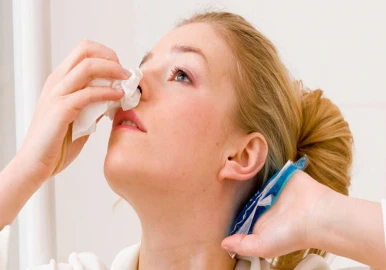
Cleaning the nose after rhinoplasty plays an important role in achieving better results and speeding up the healing process. Also, you can get rid of bad smell in your nose, clear boogers, remove nasal obstruction, and breathe better by cleaning your nose properly. If you are searching for the answer to “how should I clean inside my nose after rhinoplasty?” you will find this article useful. Here, we study when and how to clean the nostrils after nose job and answer some of your questions.
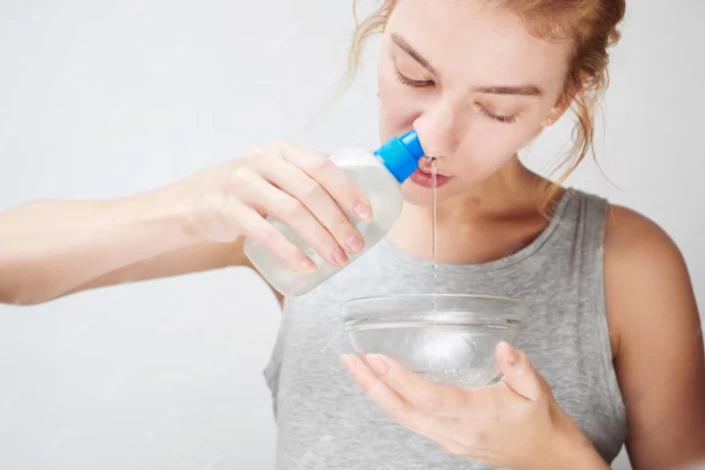
Cleaning nose after Rhinoplasty Timeline
Read on to get more information on how to clean your nose weeks after rhinoplasty:
The first week
In the first week after rhinoplasty, the nose is very susceptible because its stitches are not healed, and there are still tampons inside the nostrils. Therefore, you can only clean the outer part of the nose with a wet wipe or a clean cotton cloth. However, in some cases, the surgeon asks the patient to use the saline rinse to wash the nasal passages to keep off any infection.
The second and third weeks
Once the bandages and tampons are removed, you can wash your nose with warm water. Be careful not to rub the cloth or towel on your nose. Then, it would help if you rinsed your nostrils with 9% saline serum every six hours. Also, you can smear a Q-tip in saline serum and remove the dry blood from the nostrils using it.
Fourth week and beyond
In the fourth week, your nose is almost fully healed, and you can rinse it with saline serum and a syringe. However, you must be careful not to apply pressure on or push the syringe too far into the nostrils as it may harm the nose and affect the final results of the surgery.
General Tips on How to Clean Nose After Rhinoplasty
In the following, we introduce useful tips about cleaning the nose after rhinoplasty.
- For a couple of days after the nose job, be careful not to insert any foreign object into the nostrils when cleaning your nose.
- Do not apply pressure to the nose
- Avoid using your finger to clean your nose
- Cough and sneeze through your mouth, not your nose
- Use wet wipes -not tissue- to clean the areas around the nose
- Although you may feel congestion inside your nose, do not blow it
- Use ointments and creams after rinsing your nose to prevent nasal dryness
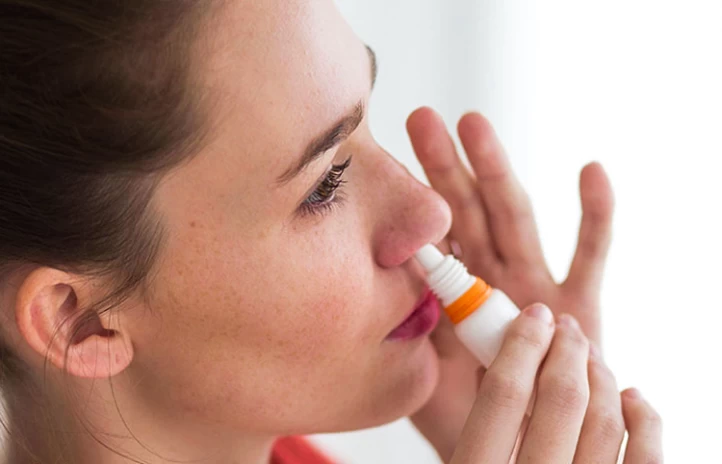
How to Clean Nose after Rhinoplasty?
Knowing when and how to clear blocked nose after rhinoplasty helps you have a more comfortable recovery. Generally, there are three ways to clean your nose after rhinoplasty:
- Using saline solution and spray;
- Using bacitracin antibiotic ointment;
- Using hydrogen peroxide solution and Q-tip.
These methods have been devised to eliminate post-op discomfort and speed up recovery. The procedure and aim of these methods are mentioned in detail below.
Cleaning Nose with Hydrogen Peroxide Solution and Q-tip
One of the most common methods of removing the dry blood inside the nose is hydrogen peroxide solution, which can be used from the day after the operation. First, soak a cotton swab (Q-tip) in the fluid to clean the nose with this solution and gently insert it into the nostrils. Then, spin the Q-tip inside the nostrils to remove the dry blood.
It is worth mentioning that hydrogen peroxide solution does not prevent infection and cannot kill all pathogenic bacteria. Also, this method can be used only after all packing and tampons are removed from your nose and face. So, before using this technique, consult your doctor.
Bacitracin Antibiotic Ointment after Rhinoplasty
Bacitracin antibiotic ointment is one of the most common ways to clean nose after rhinoplasty. Cleaning the nose after rhinoplasty with this ointment prevents infection in the surgical site and keeps the inner part of the nose moist for hours. You can apply this ointment on stitches and wounds for up to three days and then use simple ointments such as Vaseline. Sometimes, bacitracin is combined with neomycin and polymyxin to minimize the scarring.
Saline Solution and Spray after Rhinoplasty
The nose can be cleaned with normal saline solution or saline spray from the day after rhinoplasty. Most plastic surgeons recommend using normal saline spray four times daily and two puffs in each nostril to reduce breathing problems after rhinoplasty. The normal saline spray helps keep the nose moist, reduces the risk of infection, and prevents the formation of dry blood clots. If you intend to use homemade saline solution for cleaning the nose after rhinoplasty, you should dissolve one teaspoon of salt in one cup of warm water and let it cool down.
Then, you can administer it with a special applicator purchased from the drugstore. Using the saline solution, lean your head to one side and pour the solution into the upper nostril. The solution will move through the nasal passage, remove the obstructions, and exit from the other nostril.
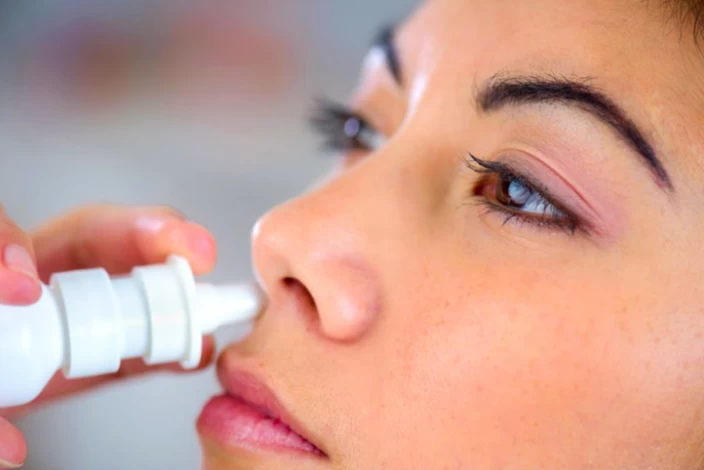
Washing Face and Nose after Rhinoplasty
Although washing the face and nose can be tempting after rhinoplasty, some guidelines should be followed. First, you shouldn't wash your face as long as splints and tampons are in your nose. Instead, you can gently clean your face with a wet wipe or a wet cotton pad.
On the seventh day after rhinoplasty, your bandages and splints will be removed, and you can wash your nose with lukewarm water. You must use saline serum or a nasal spray to rinse the nostrils. However, be careful not to insert sharp objects -such as nails- in your nose the first week after the surgery, as it can cause bleeding and more swelling.
How Do you Get rid of a bad Smell in the Nose After Rhinoplasty?
A bad smell inside the nose after rhinoplasty can happen due to anesthetic agents, bacteria, and sutures. The rotten or ammonia-like smell usually goes away a week after the operation. Still, if it lasts or is accompanied by green pus, drainage, and nostril warmth, it can be a sign of infection and should be treated immediately. After a nose job, the best way to eliminate a bad smell is to rinse the nostrils daily with saline rinse and hydrogen peroxide solution. Remember that blowing your nose or inserting a hard object inside it increases the number of odor-causing bacteria and worsens the foul smell inside your nose.
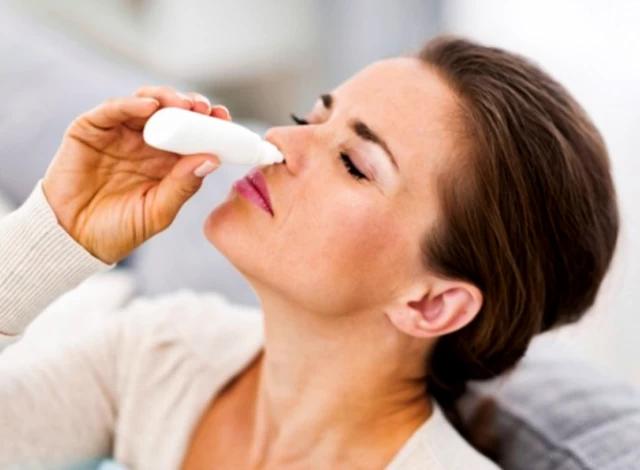
Can I Clean Inside My Nose After Rhinoplasty?
Cleaning the nose after rhinoplasty is of great importance in nasal hygiene. If you clean your nose at least twice a day after the surgery, the nasal cavities will remain moist, preventing inflammation and blood clots inside the nostrils. Also, cleaning the nose after a nose job will remove the bad smell -caused by mucus and dry blood- in your nose and reduce bad breath odors. However, many patients wonder how they can keep their noses clean when they are prohibited from touching or blowing their noses after rhinoplasty. Read the following to find the answer to this question.
Removing Nasal Blockage after Rhinoplasty
Nasal obstruction is one of the standard and most discomforting side effects of rhinoplasty, which can interfere with your daily activities for the first couple of weeks after the operation. However, it would help if you refrained from blowing your nose or inserting objects in your nostrils to remove the blockage, as they can increase the swelling and prolong your recovery period. The nasal obstruction after rhinoplasty is primarily due to the swelling of the nasal veins, not the crusts and mucus.
To remove blockage after rhinoplasty, soak a towel in warm water and gently put it on the areas where crusts and obstructions have been formed. The wet and warm towel will soften the crusts and reduce the swelling. Also, you can rinse your nostrils with saline solution or use a saline spray to reduce the congestion in your nose.
How to clean boogers after rhinoplasty?
Using tampons after a nose job makes the nose produce more mucus to moisten the nostrils. Removing huge boogers after rhinoplasty can clear blocked nose and enhance breathing. To have a clear nose after rhinoplasty, soak the tip of a Q-tip in hydrogen peroxide and gently rub it on the boogers and dried blood. You can repeat this procedure twice or thrice daily to remove this debris sooner.
How to Clean the Outside of the Nose After Rhinoplasty?
Sometimes, the mucus forms hard crusts around the nose, which a nail or hard object should not remove. To clean the outer part of the nose, you should soak a napkin or towel in warm water and gently put it on your nose. The warm water will soften the mucus and reduce the swelling around the nose. You can also use a sterile solution -like alcohol- and a cotton pad to clean the skin of your nose and remove the blackheads on the tip of your nose.
Remember that you cannot clean the outer surface of your nose until there are splints on it, i.e., for at least seven days. Also, scrubs and powerful skin cleansers should be avoided until your nose is fully healed.
How to Clean Nose After Septoplasty?
Although the aims and procedure of septoplasty differ from rhinoplasty, their post-operative instructions regarding cleaning the nose are quite the same. For the first week after septoplasty, you should refrain from blowing your nose, removing crusts and boogers by nails or hard objects, and removing the tampons on your own. You can gently clean your nose using hydrogen peroxide and a Q-tip or saline spray/solution.
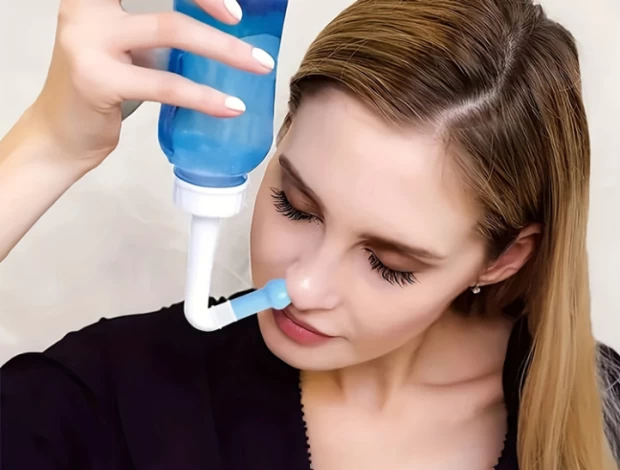
How Often Should I Clean My Nose after Rhinoplasty?
For the first two weeks after rhinoplasty, clean your nose 2-3 times a day to prevent infection and reduce the bad smell in your nose. If you have a crust, dried blood, or hardened sutures, you can resume this procedure for another two weeks.
Once the crusts and dried blood are completely removed, you can use saline spray or solution only once daily to keep your nose moist and have a clean nose after rhinoplasty. It is also suggested to use Vaseline, antibiotic cream, or prescribed ointments after cleaning your nose to prevent the formation of crusts and improve your breathing.
Tampons after Rhinoplasty
Tampons are necessary after rhinoplasty because they prevent nosebleeds or at least reduce the amount of bleeding during the recovery period. Also, the structure of the nose is pliable for a couple of days following the operation, so the tampons serve as an artificial structure that holds the nasal bones and cartilage in place.
Despite their merits, tampons are uncomfortable and may make breathing difficult; however, you should refrain from removing them alone. Your healthcare provider probably removes them 2 to 7 days after the surgery.
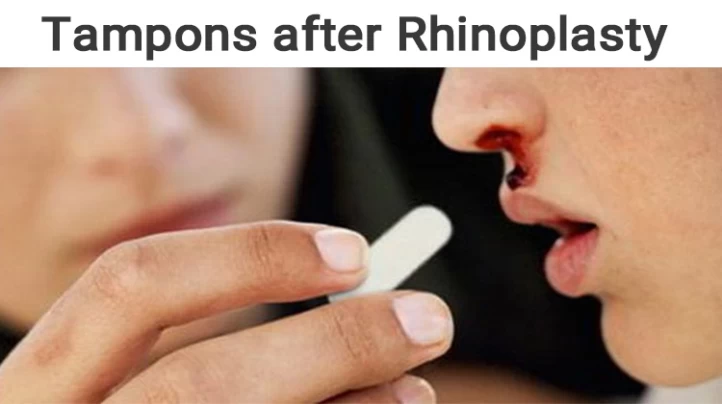
The Bottom Line
As the nose job capital of the world, Iran has the highest rate of rhinoplasty, with annually about 200,000 people going under the surgery. The popularity of rhinoplasty in Iran has caused an increase in the number of experienced Iranian specialists, well-equipped hospitals, and highly qualified healthcare services.
For a cost-effective medical trip to Iran, don't hesitate to contact our team at Raadina Health. Our packages include visas, hotel, transfers, doctor's visits, surgery, post-operative care, etc.
FAQs about How to Clean Nose After Nose Job
How long can I start cleaning my nose after the nose job?
You can start cleaning your nose a week after the surgery, but be careful not to put pressure on it.
Why can't I wash my nose after rhinoplasty?
Right after rhinoplasty, the surgeon wraps your nose with a bandage and puts splits and tampons inside and outside your nose. These wrappings should not get wet until removed; therefore, you cannot wash your face and nose as long as bandages and splints are on them.
For how long after rhinoplasty should I clean my nose?
Rinsing your nose with saline serum for eight weeks after the surgery is recommended. Then, you can continue cleaning your nose with saline spray.
Can I use soap to clean my nose after rhinoplasty?
The best liquid for cleaning the nose after rhinoplasty is saline serum. When the splints are removed, you can use fragrance-free soaps to wash your nose's outer part.
Is cleaning dried blood inside the nose daily after rhinoplasty okay?
Although dried blood can be a huge problem after rhinoplasty, you should wait two or three days before removing it with nasal spray and cotton swabs. If you try to remove them sooner, you may rupture the sutures.
Can I pick my nose after rhinoplasty?
The simple answer is no. It would help if you refrained from picking your nose for two weeks after the operation, as you may hurt the stitches. Instead, you can use a saline spray to keep the nostrils moist and mucus-free.
When can I clean my nose after rhinoplasty?
You can gently rinse your nostrils once the tampons are removed from your nostrils, i.e., 2 to 7 days following the surgery.
When can I wash my nose after rhinoplasty?
Washing your nose after rhinoplasty should be done with too much care as the nose's structure is fragile. You can start washing your nose two to seven days after the operation.
Why is my nose blocked after rhinoplasty?
Swelling, sutures, and excess mucus in the nose after rhinoplasty are the main reasons for nasal blockage and stuffiness. In some cases, only one nostril is blocked after rhinoplasty, which is normal. Usually, this kind of discomfort goes away once the swelling subsides, but you can reduce the obstruction sooner by using saline spray and solution repeatedly throughout the day.
How long is my nose blocked after rhinoplasty?
You probably experience nose blockage for one to three weeks following the surgery, i.e., until the primary swelling goes down.
When can I wash my face after rhinoplasty?
You can wash your face as soon as the splints are removed from your nose, i.e., a couple of days after the surgery.
I accidentally blew my nose after rhinoplasty. What should I Do?
If less than a week has passed from your surgery and you have nosebleed after blowing your nose, contact your doctor. Blowing nose after nose job ruins the nasal structure, so you must be careful not to do it at all.
How to properly clean the nose after rhinoplasty?
Cleaning the nose after rhinoplasty should be gentle. Use saline sprays or rinses recommended by your surgeon to keep the nasal passages moist and clear. Avoid inserting cotton swabs or applying pressure, as this can disrupt healing.
Why do I notice a bad smell in my nose after septoplasty?
A bad smell in the nose after septoplasty is often due to crusting or trapped mucus during healing. Regular saline rinses usually help. If the odor persists or worsens, it may indicate infection, and you should consult your surgeon.
How can I clear a blocked nose after rhinoplasty?
Nasal congestion after rhinoplasty is normal due to swelling and crusting. Saline sprays, humidifiers, and sleeping with your head elevated can help ease the blockage. Avoid blowing your nose until your surgeon allows it.
How long after rhinoplasty can I start cleaning my nose normally?
Most surgeons recommend gentle saline rinses within the first week, but you should wait 2–3 weeks before resuming normal nose-blowing or more thorough cleaning. Always follow your surgeon’s instructions.

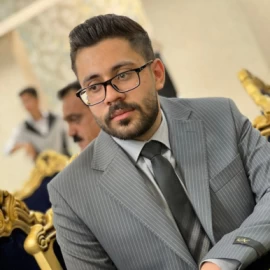
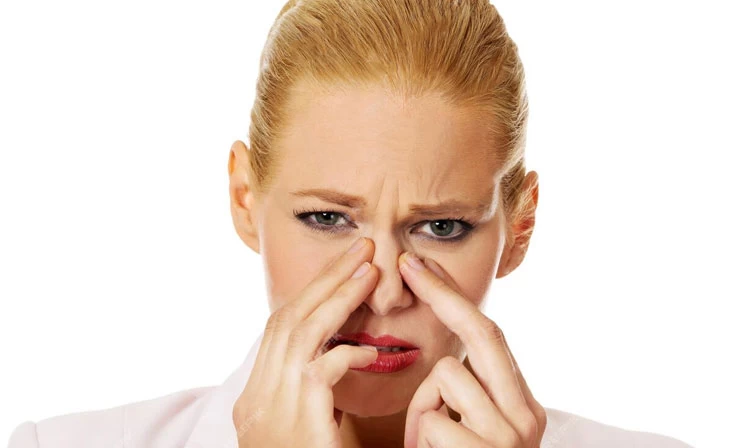
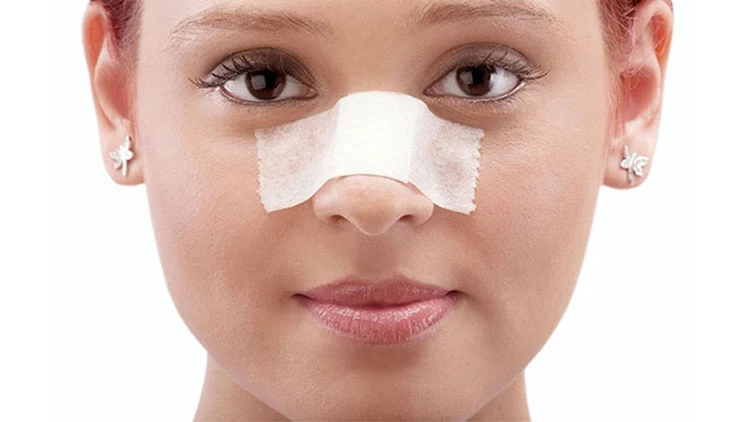
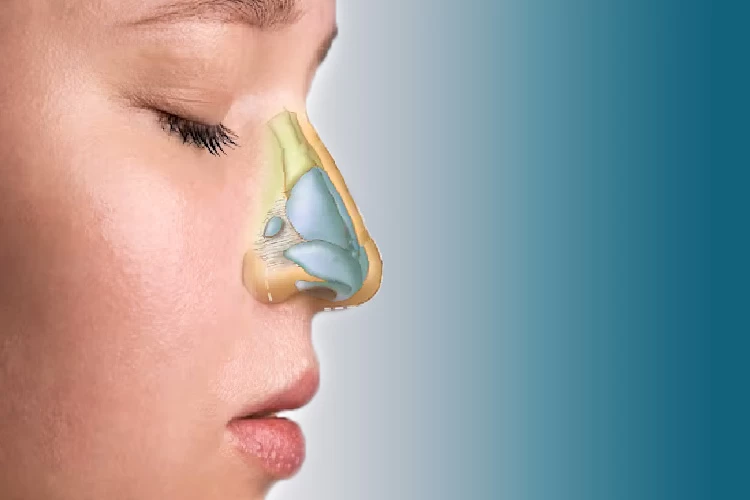
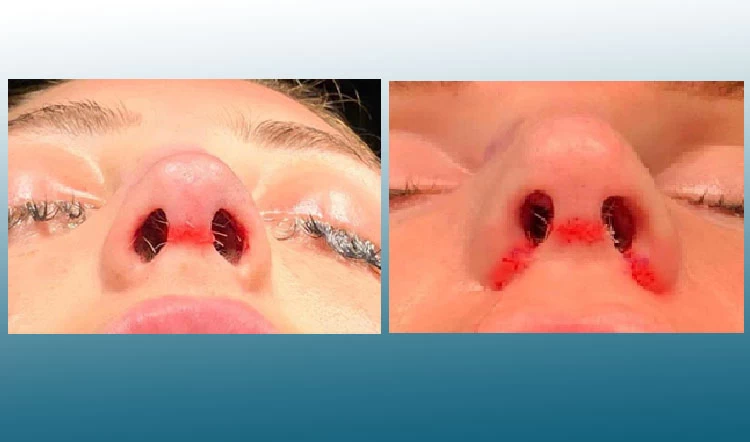

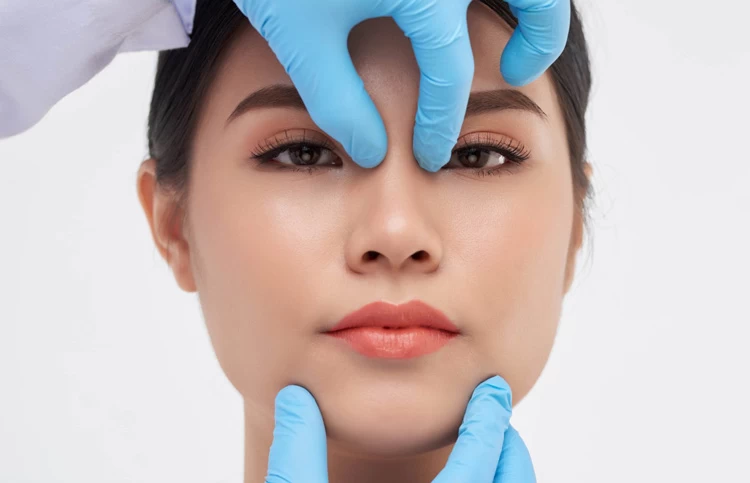
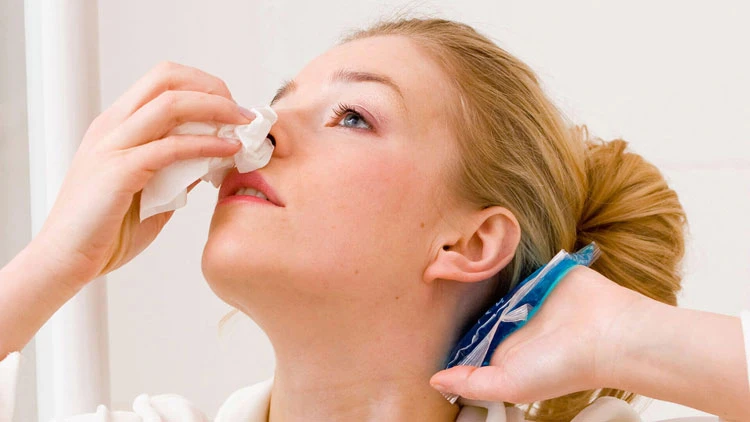
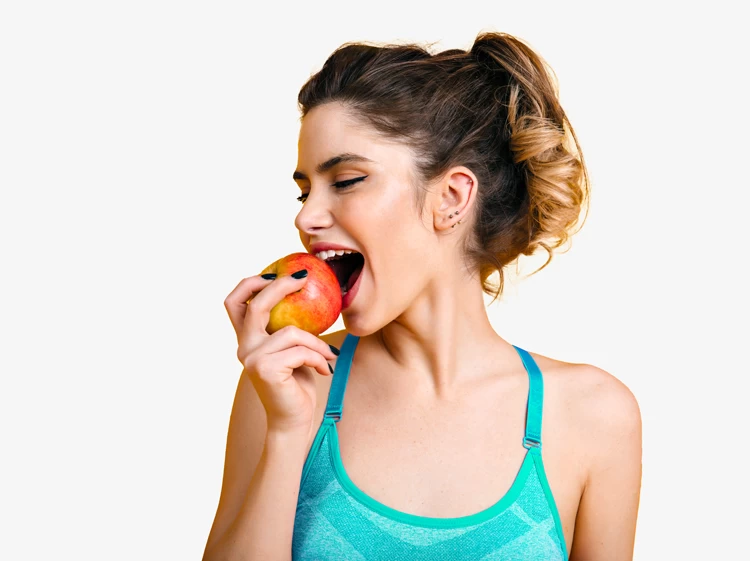
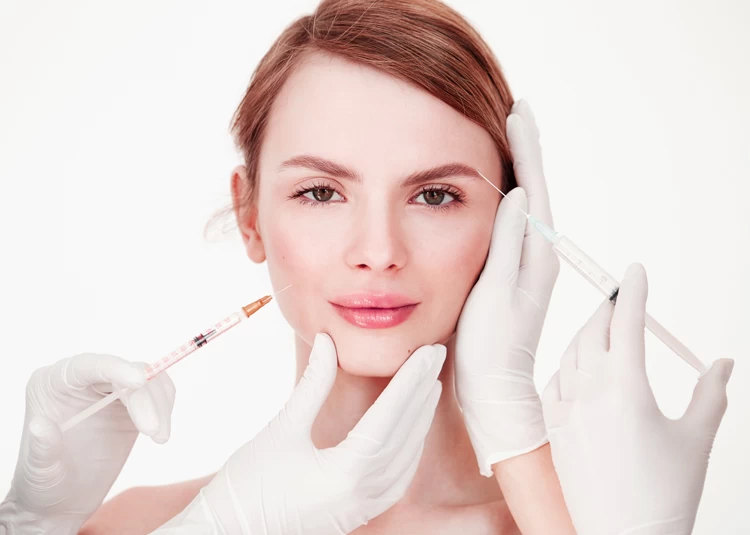
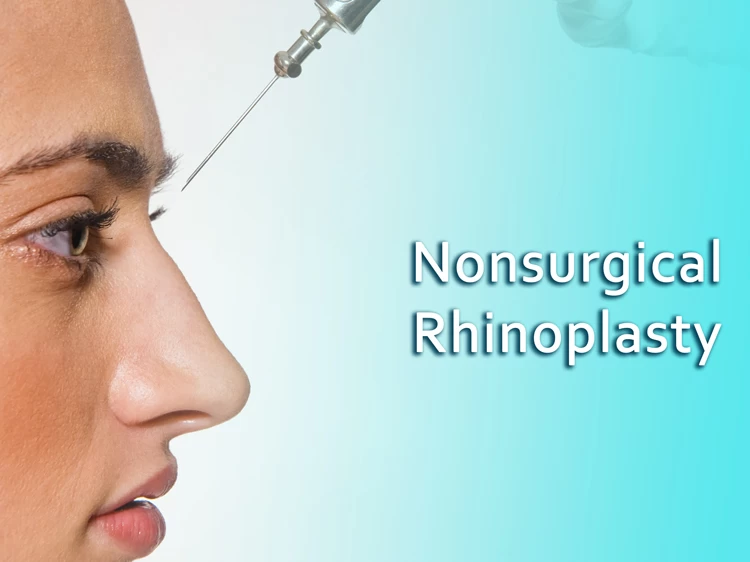
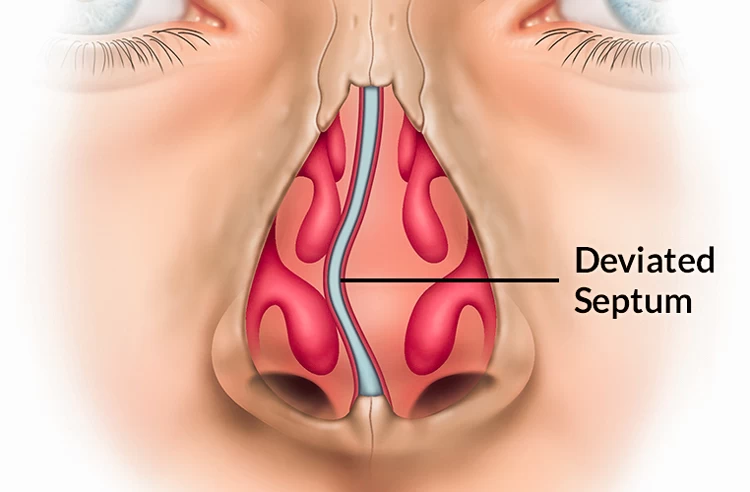
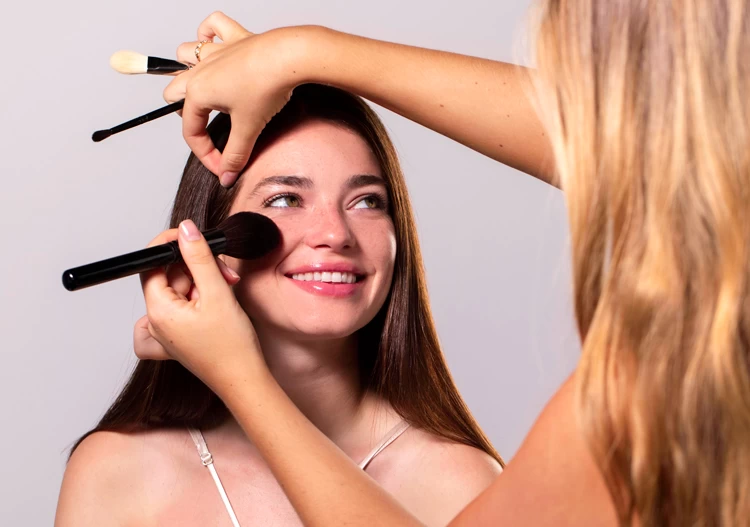
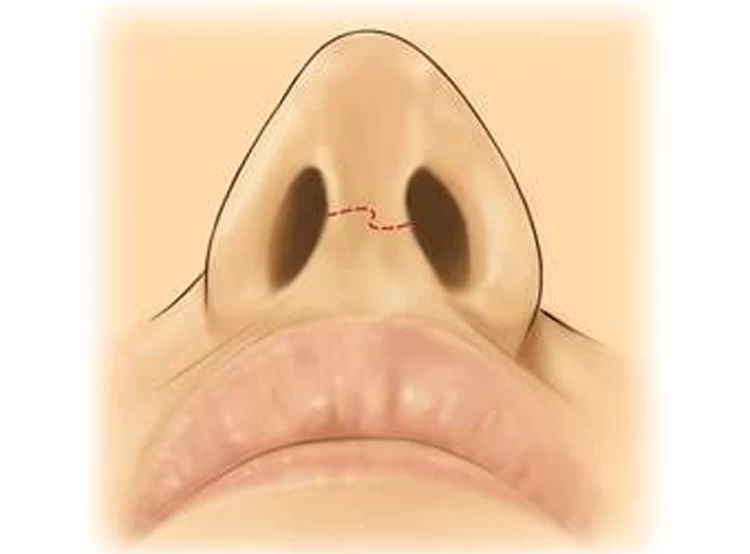
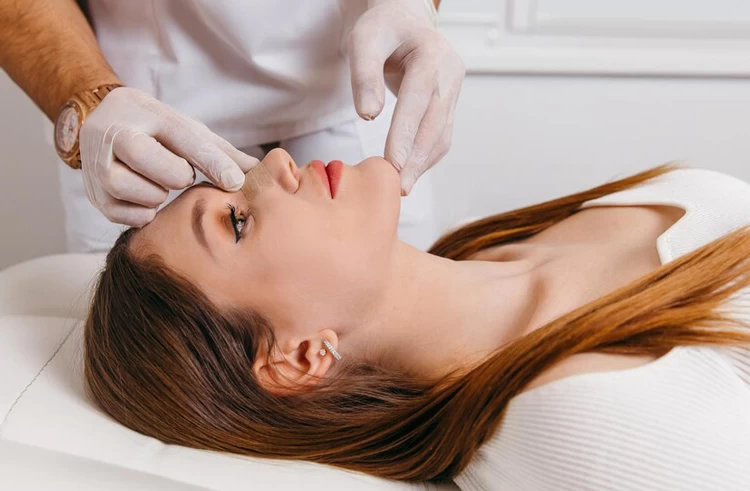

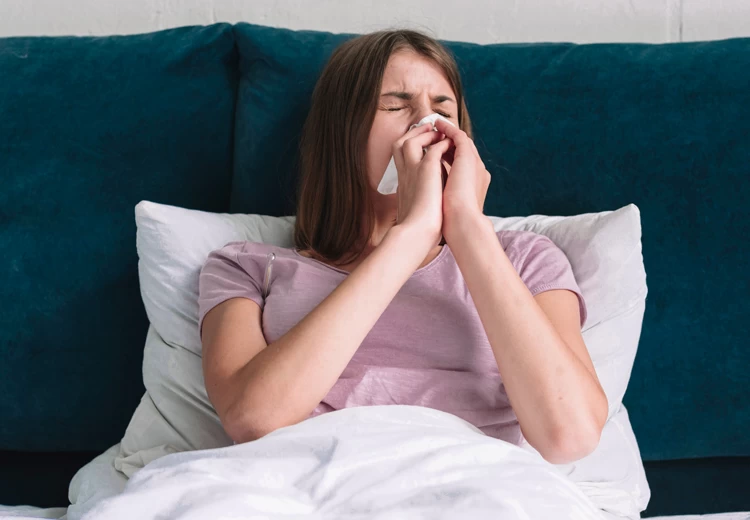
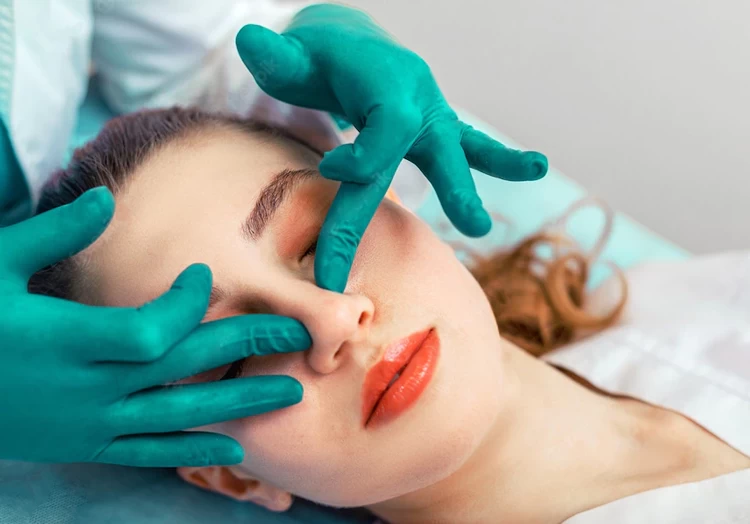
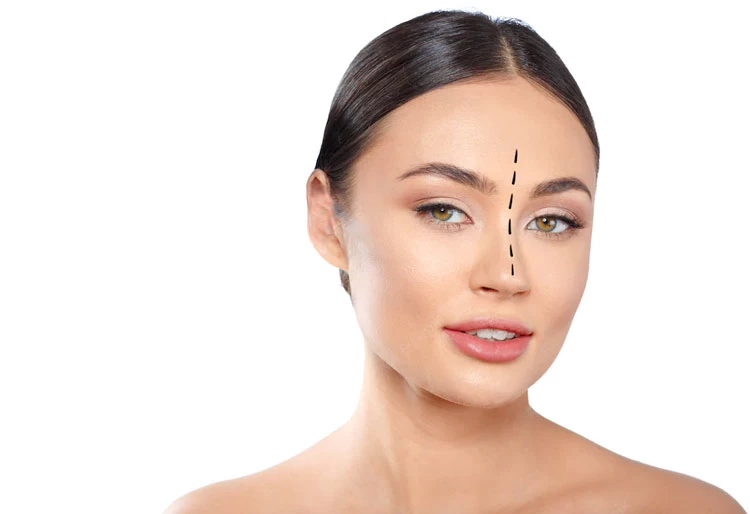


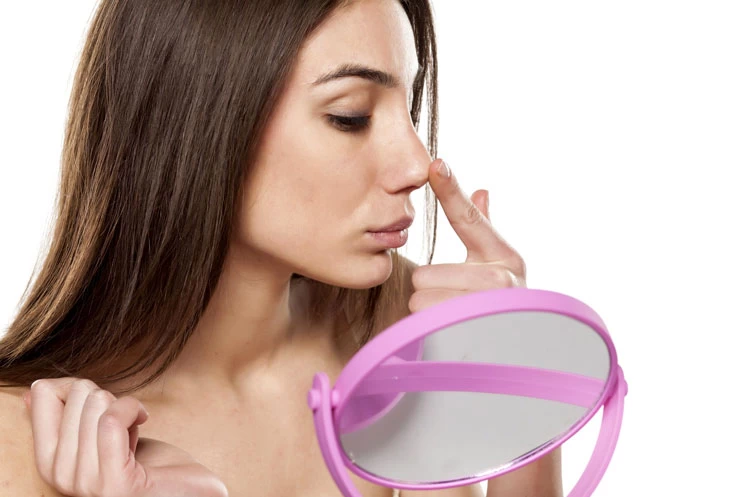
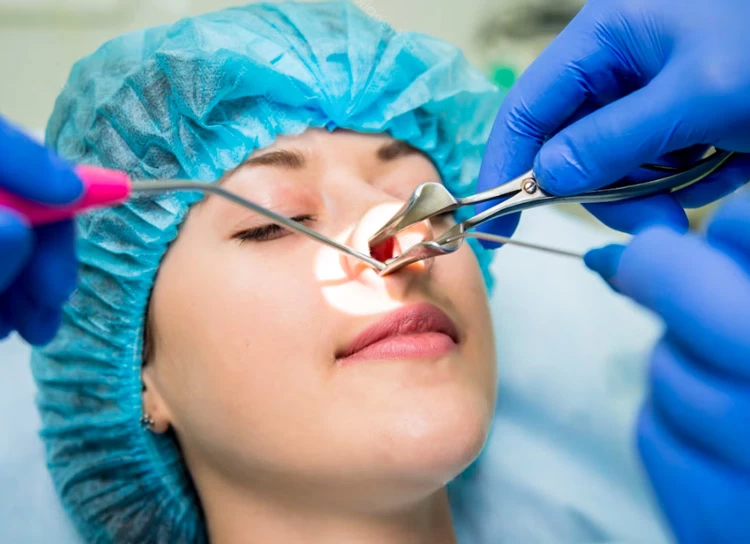
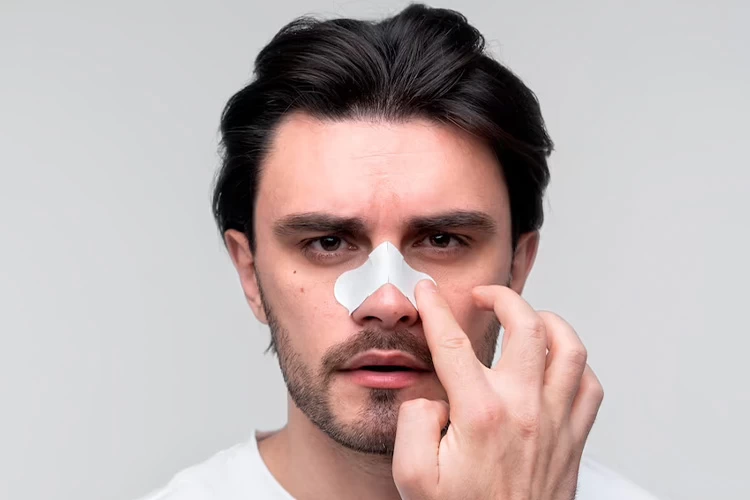
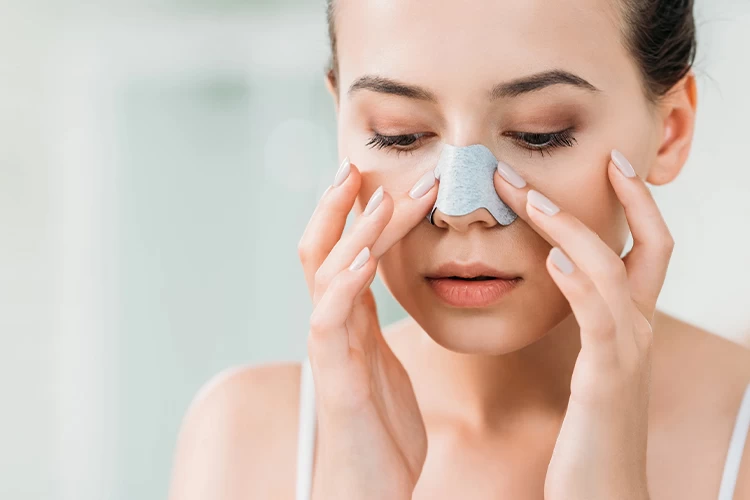



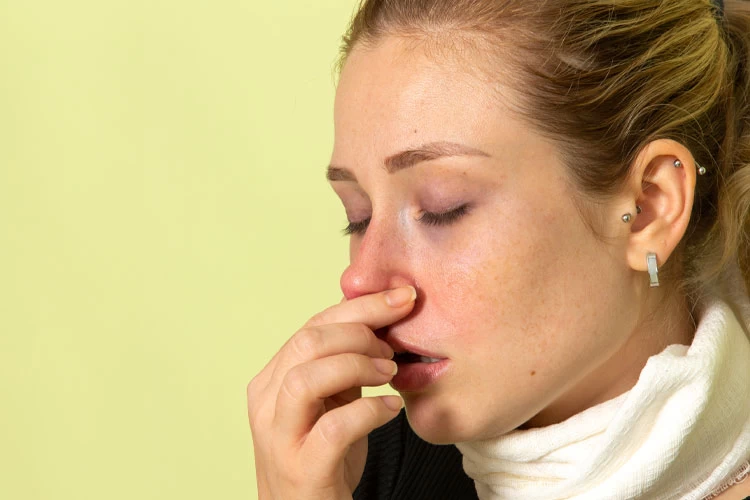
No reviews
Your comment